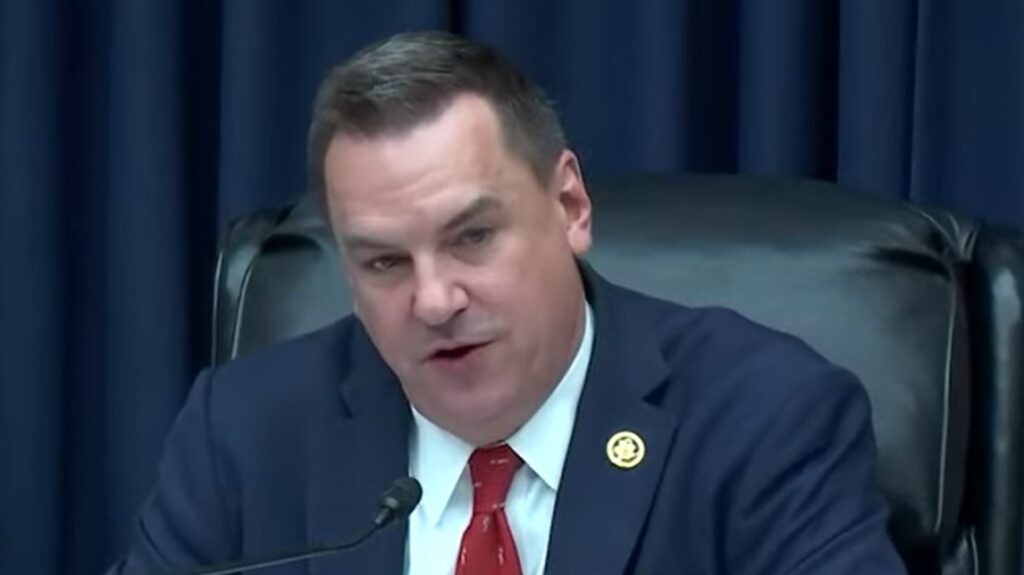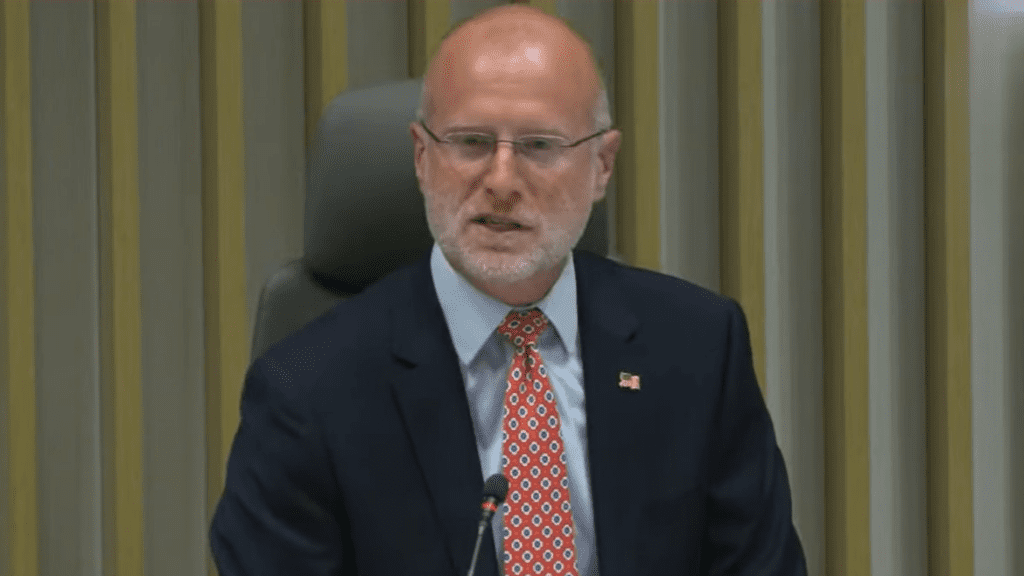FCC Votes to Move Ahead With 5G Fund
Randy Sukow
|

After a years-long delay, the FCC today adopted a Second Report and Order to go forward with a $9 billion “5G Fund” to support modern mobile phone and data service expansion to rural areas. The auction will use a multi-round, reverse auction format similar to the system the FCC has used to distribute universal service support for broadband projects in the past. The Commission has not yet set a date for the auction.
“It is time to set out a clear path forward to reach those in this country who lack adequate wireless service,” Chairwoman Jessica Rosenworcel said in a statement. “Waiting any longer to modernize our approach to universal service support for wireless communications only consigns communities without signals to many more years on the wrong side of the digital divide.”
The Commission originally intended to establish the 5G fund in 2020, however, decided to delay implementation while it gathered data to upgrade coverage information on its National Broadband Map. For the past year, it has indicated its belief that the map is accurate enough to support the 5G Fund auction. However, industry complaints over the FCC systems to file bulk challenges to the map’s accuracy has contributed to further delay.
The 5G Fund order passed with one dissention. Commissioner Brendan Carr believes it is premature to start the 5G Fund before solving problems the Commerce Department’s National Telecommunications and Information Administration (NTIA) is experiencing with Broadband Equity, Access, and Deployment (BEAD) program implementation. Congress passed the BEAD program in 2022, but NTIA working through the states is not likely to distribute any funding for broadband projects until late 2025 or perhaps 2026. Many blame regulatory complexities written into the program for slow progress.
Carr called for the federal government to fix the “fundamental flaws” with BEAD and then synchronize distribution of BEAD and the 5G Fund. “Assuming we get BEAD back on the rails, lining up the two programs’ timelines is the only way to ensure that they work with—rather than against—each other,” he said in a statement.


